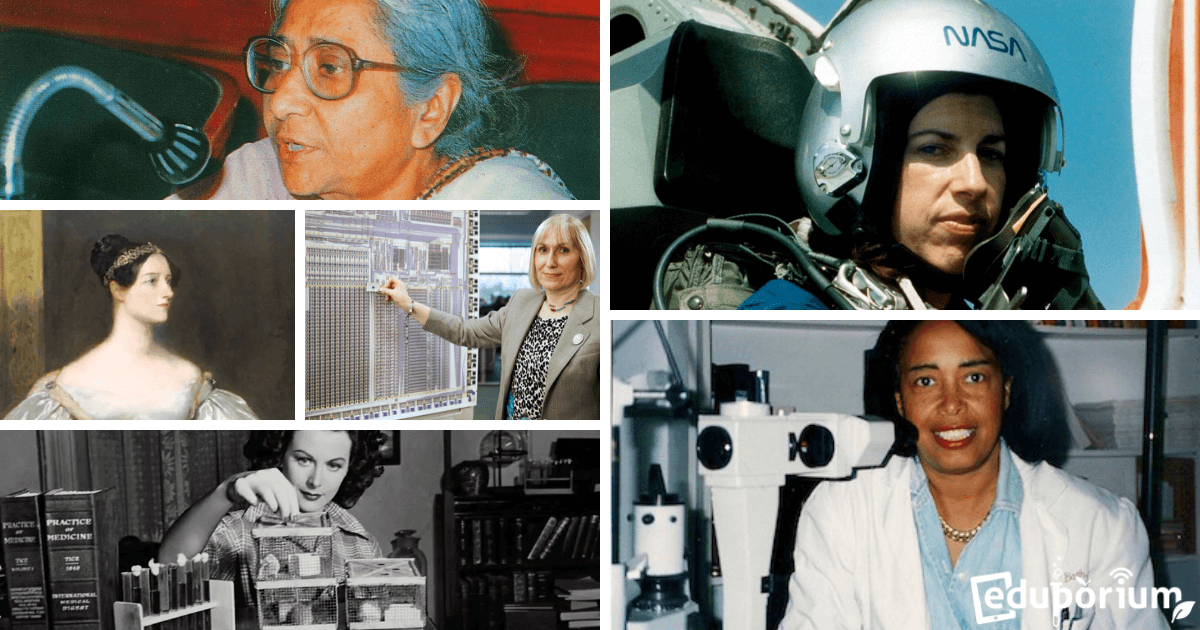It's Women’s History Month, so to celebrate, we’re highlighting some significant accomplishments made by female STEM leaders throughout history. In our posts throughout Black History Month, we recognized several influential Black women in STEM, and now we’re exploring even more innovations by women. At Eduporium, we are fully committed to diversity and equity in gender, race, culture, ability, and more. It is important to us to appreciate how historically marginalized groups have contributed to the concepts and technology behind our library of STEM tools. And, beyond that, we believe it's vital that everybody is represented in STEM regardless of their background.
Ada Lovelace (1815–1852)
Although Ada Lovelace’s childhood in the early 1800s saw her frequently bedridden, she enjoyed math from a very young age. Her well-off family provided her with private tutors, who taught her calculus, biology, and psychology. One of those tutors later introduced her to mathematician and inventor Charles Babbage, whose Analytical Engine preceded the modern computer. While working with Babbage, Lovelace wrote many notes about the possible uses for the Analytical Engine. She had the idea to program the machine with an algorithm to calculate mathematical proofs. Although the machine was never built, modern scholars believe her program would have been functional, making her the first programmer.
Mary Golda Ross (1908–2008)
Mary Golda Ross was the first known Native American engineer, and her accomplishments in aeronautics and engineering remain relevant to this day. After earning a master’s degree in 1938, Ross began working with a team to design the Lockheed P-38 Lightning. It was the first airplane to fly faster than 400 miles per hour. Ross’s work on the design kept the plane from succumbing to multiple issues common with high-speed flight.
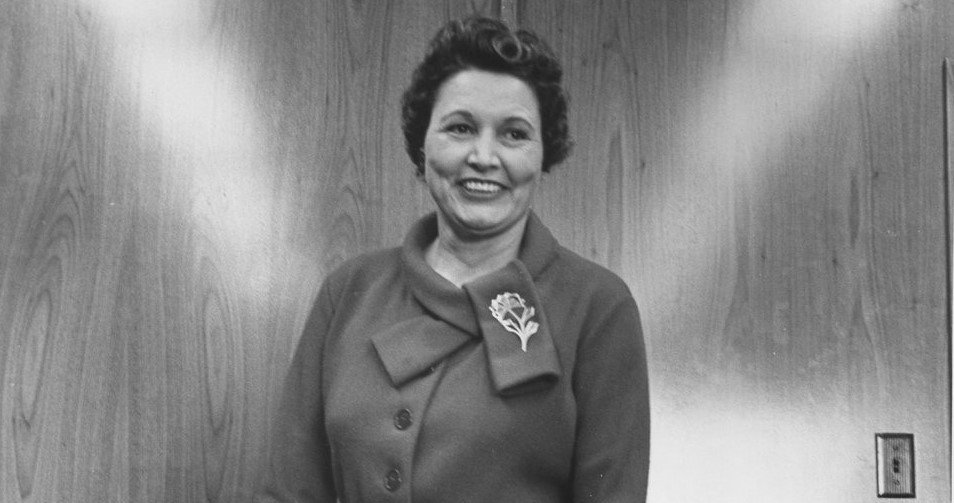
Ross’s true passion, however, was space travel. Beginning in 1952, she worked on multiple projects that paved the way for later space missions, including early designs for shuttles, missiles, and satellites. As a Cherokee woman, she also worked towards furthering inclusion of Native American women and children across the engineering field. Her efforts helped lay the groundwork for increased diversity in STEM.
Hedy Lamarr (1913/14–2000)
Who says the arts and sciences have to stay separate? Not Hedy Lamarr, that’s for sure. Lamarr began her acting career at age 16 after attending drama school in Berlin, near her home country of Austria. She emigrated to America in the late 1930s and continued acting. Soon after that, however, Lamarr would find herself channeling her scientific inventiveness to combat the Axis Powers during WWII.
Along with composer George Antheil, Lamarr invented a device to prevent the jamming of radio waves. The device switched the frequencies of radio transmissions so that they would not be intercepted. Although the military chose not to use the device, Antheil and Lamarr’s invention later became the basis for technology often used in satellites, cell phones, Wi-Fi, Bluetooth, and GPS. Even years later, until her death in 2000, Lamarr continued to produce new ideas for inventions.
Dr. Asima Chatterjee (1917–2006)
Dr. Asima Chatterjee excelled in chemistry from a young age, supported by her father, a medical doctor. Although it was rare for middle-class women to receive an education at the time, Chatterjee graduated with honors in chemistry from the University of Calcutta. She subsequently continued her studies there, becoming the first woman to earn a doctorate from an Indian university in 1944. Her research career saw her publish over 400 journal articles.
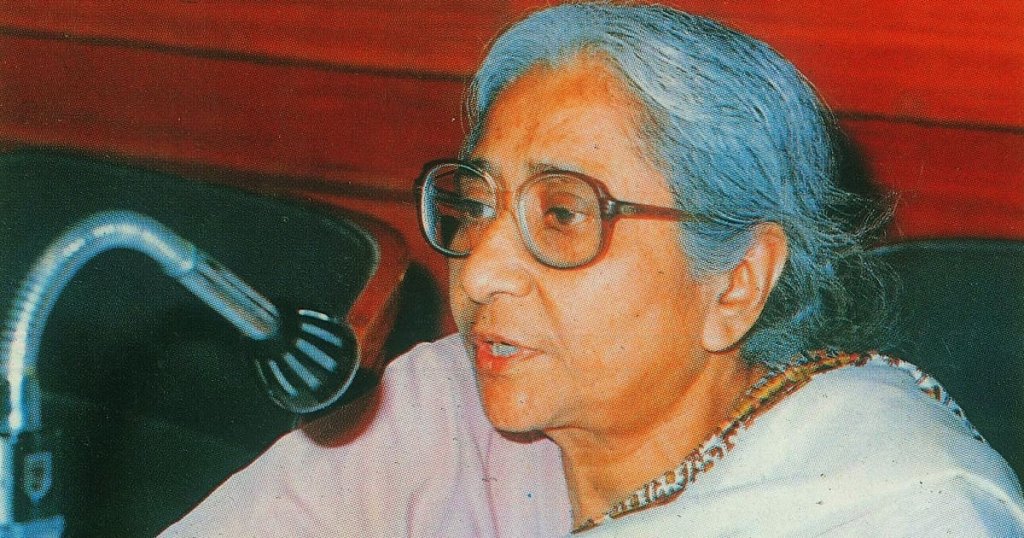
During her career, Dr. Chatterjee focused her research on alkaloids and organic chemistry. She was a proponent of using natural products in medicine and worked to develop drugs from various plants that had significance for the indigenous peoples of India. The drugs included a chemotherapy drug; an anti-epileptic medication, for which she received a patent; and anti-malarial drugs. Dr. Chatterjee worked diligently over 60 years as a researcher and chemist, and her dedication and inventive spirit were a credit to her field.
Dr. Patricia Bath (1942–2019)
Before Dr. Patricia Bath came along, surgeries for the removal of cataracts were dangerous and not always successful. A Black ophthalmologist, Dr. Bath noticed a higher prevalence in cases of blindness with Black Americans and published a paper on the subject in the early 1970s. Based on her research, she knew that she'd be able to improve current cataracts removal procedures. In 1985, she invented a special probe that increased the accuracy and safety of cataracts surgeries. That probe used laser technology to remove the cataract, helping Bath restore vision to people who'd lost their sight.
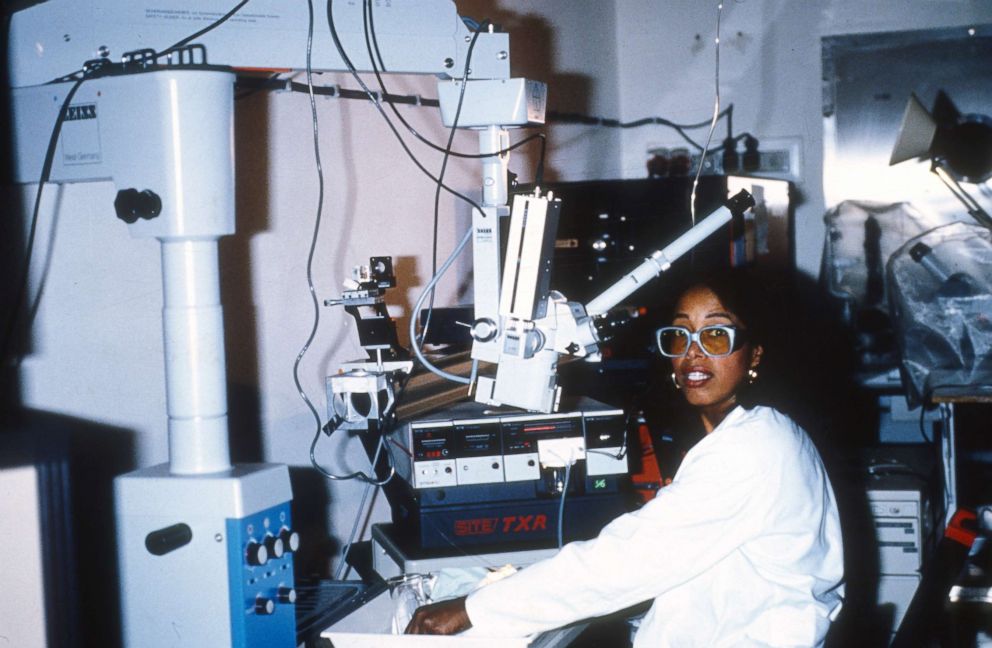
When Dr. Bath received the patent for her device, which she called the “laserphaco,” she became the first Black woman to receive a medical patent. She continued to improve her invention over the next few decades. And, in the early 2000s, she pioneered the addition of ultrasound to her method, which made procedures even more precise. Today, doctors still use her laserphaco technology around the world.
Sophie Mary Wilson (1957–)
The BBC Micro is a group of microcomputers originally built in the 1980s to increase computer literacies in the UK—and it wouldn’t exist without Sophie Wilson. Wilson designed her first microcomputer in the late 1970s, but her second design, the BBC Micro, took off. Over the next decade, UK educators implemented more than a million BBC Micros. Best of all, the BBC Micro is the direct ancestor of the micro:bit, one of our favorite coding solutions due to its compatibility with many STEAM tools.
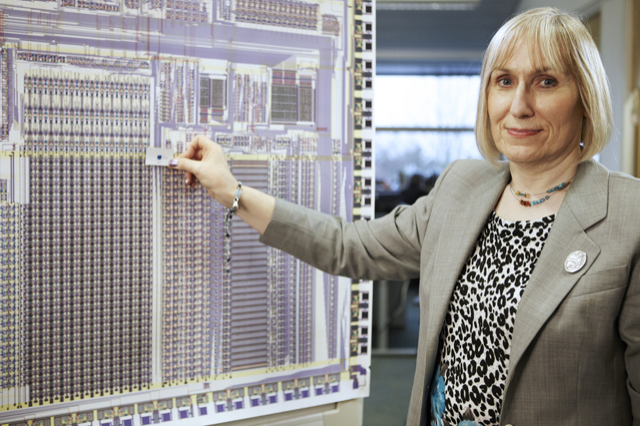
Later, with coworker Steve Furber, Wilson designed a new RISC processor, which they finished together in 1985. In simple terms, a RISC processor allows a microcomputer to perform tasks more quickly and while using less memory than more complex computer processors. Wilson and Furber’s design became the most common processor in smartphones—like the one on which you might be reading this! As a transgender woman, Sophie Wilson is a pioneer for queer leaders in STEM, and her inventions were instrumental in the development of some of the most ubiquitous technology of the 21st century.
Dr. Ellen Ochoa (1958–)
Dr. Ellen Ochoa is known mostly for being an astronaut, but she also contributed to three patented optics inventions. One of these inventions was a system to detect inconsistencies in a repeating pattern, which NASA researchers recognized for its potential use in inspecting space vehicles for flaws. Ochoa has also authored several technical papers and served as the second female director of the Johnson Space Center.
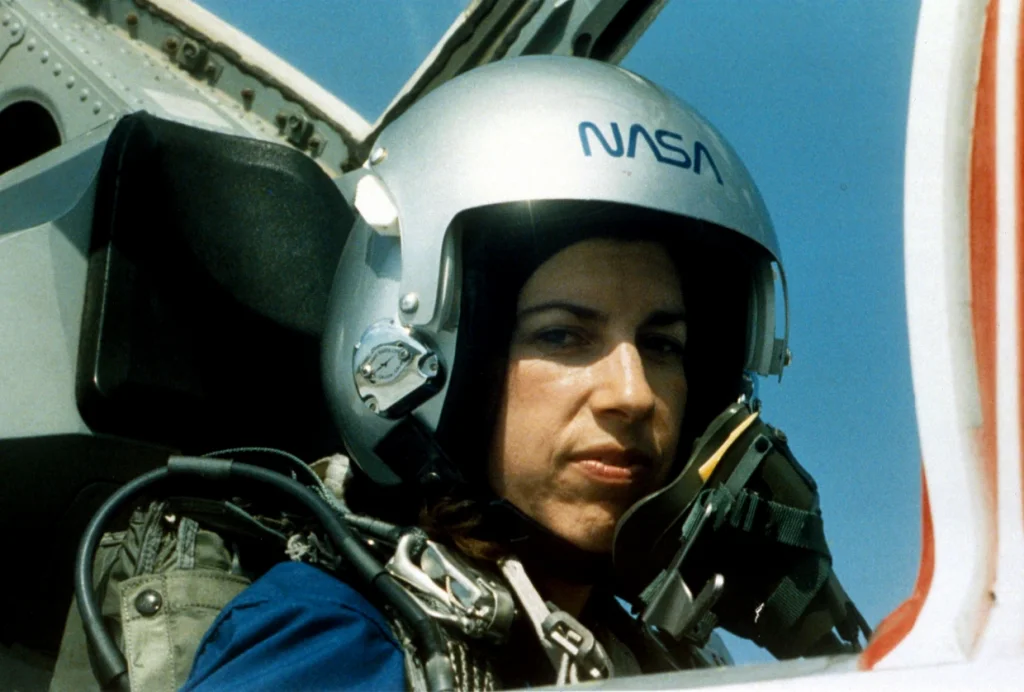
Before her mission into space, Dr. Ochoa helped supervise research on computer systems used for space exploration. Her work within these areas led her to apply to NASA's Astronaut program, for which she was selected in 1990. Only three years later, she achieved the honor of being the first Hispanic woman in space during a nine-day mission on board the shuttle Discovery. And, if that wasn’t enough, she is also a talented flutist who has played with the Stanford Symphony Orchestra.
Vivian Yam Wing-Wah (1963–)
Born and educated in Hong Kong, chemist Vivian Yam Wing-Wah is the youngest member of the Chinese Academy of Sciences. She's passionate about lighting efficiency, since, according to Yam, the world uses nearly a fifth of its electricity for lighting. To address this high level of energy use, Yam developed an updated version of OLEDs, which manufacturers now use for more efficient phone and television displays.
Yam has also done considerable work in the field of renewable energy. She contributed to research on using the molecular properties of certain metals to more efficiently convert solar energy. Beyond this, Yam was also instrumental in establishing the chemistry department at City Polytechnic, a research university in Hong Kong. She obtained the first chemistry books, beakers, and chemicals for the department and subsequently taught there for a time. Because of Professor Yam’s work, OLED energy usage has been much improved, to the benefit of our environment.
Wanda Díaz-Merced (approx. 1982–)
Another woman leading space research is Wanda Díaz-Merced, who uses sound to study physics and astronomy. As a child, Díaz-Merced always had an interest in space. She frequently pretended to be an astronaut with her sister and won second place in her middle school's science fair. However, after becoming blind in young adulthood, she worried she wouldn't be able to pursue a career as an astrophysicist.
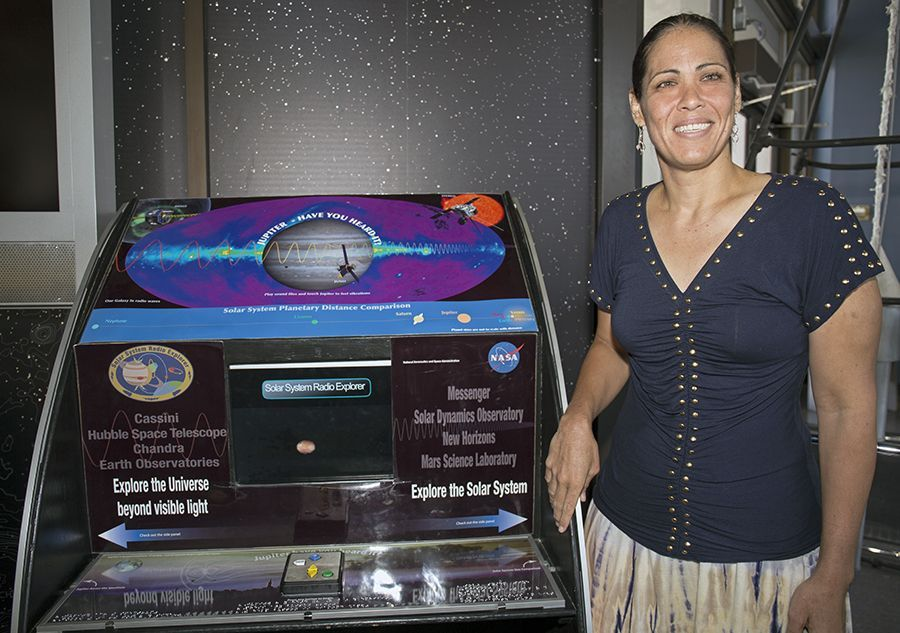
Fortunately, she and several peers discovered a way to translate astrophysics data into sounds. Díaz-Merced uses the process of sonification to convert data from a telescope into sound. She then listens to these data and recognizes patterns. For Díaz-Merced, there are even some patterns that she finds easier to identify by listening than by seeing, which allows her to bring an exciting new perspective to her field.
Inspiring Women in STEM
These nine women are only a small percentage of the many inventive, intelligent, and hard-working women who have excelled in STEM. Although it’s important to celebrate women’s accomplishments year round, Women’s History Month presents the opportunity to bring women in STEAM to the forefront of our minds. Recognizing their contributions is an inspiration both to educators and to future female STEM leaders.
For the latest EdTech, STEM, and 21st century education news, follow us on Twitter (X) and Instagram. Like us on Facebook, too, or sign up for our newsletter for our latest product announcements and offerings. We're committed to helping young girls and women excel in STEM, so we also offer a monthly STEM grant to provide classrooms nationwide with affordable EdTech.



